“Wood” Flooring
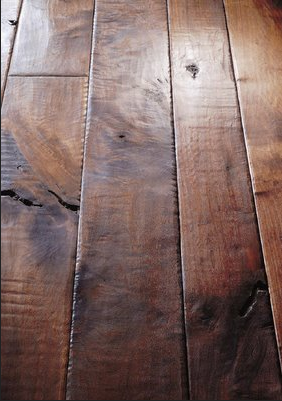
#TopicOfTheMonth
“If it looks like wood, feels like wood, and is installed like wood…
then it’s probably Engineered Hardwood”
This month we’ve talked quite a bit about flooring, covering everything from what’s popular, to what we’re using, and even creative installation methods. Throughout our discussions, there’s one question that keeps popping up:
“What is engineered hardwood?”
When I first started working with NorCal, I had no idea either. My first thought was that it was a new, fancy name for laminate, but that isn’t the case at all!
This post is going to go over some of the different types of “wood” flooring options. My goal is you’ll walk away with some new information that will help you decide what direction you want to go next time you’re selecting flooring for a project or your home.
Let’s jump right in with something we’ve all heard of:
Laminate.
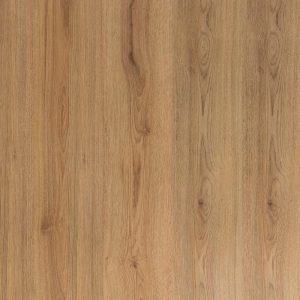
Laminate floors are made up of synthetic materials that are fused together during the laminating process. The design on the surface – which isn’t limited to just wood, it can also be stone or tile – is a photographic applique that it layered under a clear protective layer. This is often the most affordable option when it comes to “wood” flooring.
Laminate is similar to Vinyl.
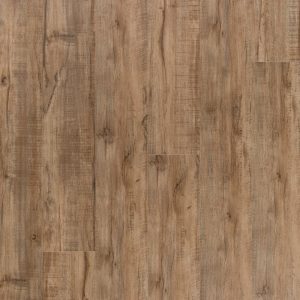
Vinyl flooring is comprised of synthetic materials, is inexpensive and great for high-traffic areas. Both flooring types often come in one of 3 application methods: Peel-&-Stick, glue-down or click-together.
Next, let’s move to Engineered Hardwood.
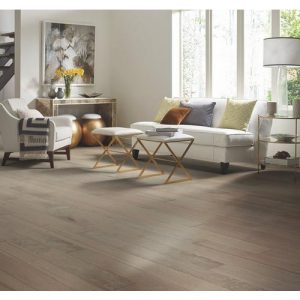
Typically, the flooring is made up of a thin real-wood top layer that sits on top of a composite wood base. This is typically what we use in our homes (see NorCal Trends Post). The installation methods are often equally as versatile as Laminate or Vinyl. This is a less expensive alternative to real hardwood, but more expensive than the two types we’ve already covered.
Before we get to real hardwood, let’s touch base on two flooring types that aren’t quite as common:
Bamboo and Cork.
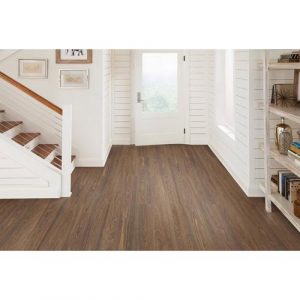
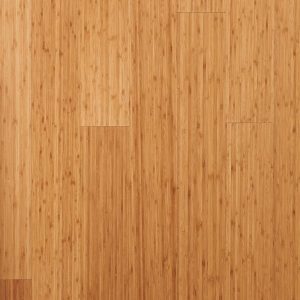
Bamboo flooring looks like real hardwood at first glance, but they are harvested from the Bamboo plant. Often times the floors are installed by either being floated over the existing sub-floor or foundation, or glued directly to it.
Cork floors have several different designs. Sometimes they look like hardwood and other times they look like a giant cork board. The wood-like designs are generally floated over the sub-floor/foundation, whereas the cork-looking floors can be glued down. These floors are comparable to the cost of mid-range bamboo flooring.
Next is Tile.
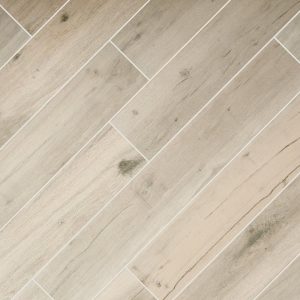
We’ve talked about Wood Plank Tile flooring in the past (see Wood Plank Everything post). These “wood” floors come in a vast variety of sizes and colors. Sometimes they allow you to be a little more creative with your installation and designs because they are installed just like tile.
Finally, the grand finale – Real Hardwood.
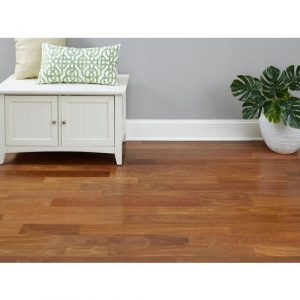
This is the most expensive option of all that we have covered today. There are 3 major factors that determine the cost of the solid wood floors: Species, plank width and thickness. You can easily spend between $8 – $10 per square foot on real wood floors. This is why people often choose to refinish their floors in lieu or replacing them.
There are a ton of species of hardwood floors, some of the most common being Oak, Maple, Hickory and Birch.
As far as wood flooring is concerned, in my opinion, you can’t really go wrong! Finding the proper material or type for your room/space is important for the longevity of your floors. For example, wood plank tile may be a logical alternative to solid hardwood in your bathrooms, whereas you might prefer engineered hardwood in your kitchen to vinyl.
What types of flooring do you have in your house currently? Would you consider replacing your floors with one of the types we mentioned today? If so, what would you use and where would you install it?
Let us know! As always, we love hearing from you. ?